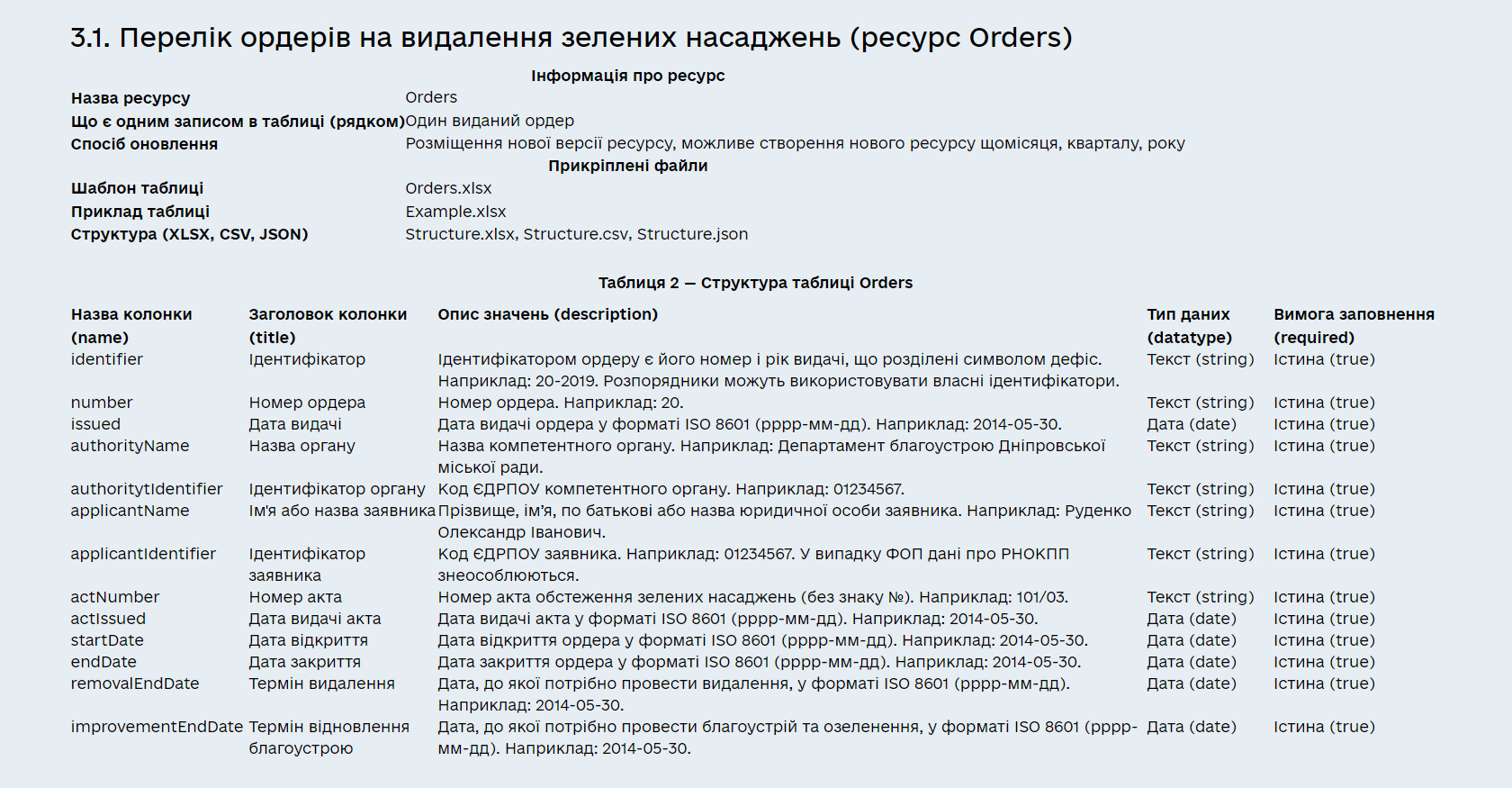One of the pillars of the modern information society is open data. They have already become an integral component of effective urban governance since they ensure transparency, accountability, and better communication with the authorities.
The disclosure of open data not only fosters interaction of local self-governments with citizens, but also contributes to economic growth, investment attraction, and innovative services development, which could make life in the municipality more comfortable.
Therefore, open data advancement in Ukraine should become one of the priorities for local self-governments. Notwithstanding the full-scale invasion, which has brought on certain challenges, the chosen path to leadership among other countries in the open data field remains unchanged, thus it is crucial that all the cities make maximum efforts.
The Resolution of the Cabinet of Ministers of Ukraine No. 835 requires local self-governments to publish 72 data sets.
The disclosure of the sets is built on several principles, including accessibility, i.e., machine-readable format, as well as maintenance of further free and gratuitous usage of the information.
The Ministry of Digital Transformation has developed Open Data Publishing Guidelines for city councils. According to the Guidelines, each dataset should consist of one or more tables (resources). For instance, the set Municipal Property Objects List should contain three tables (Parcels - land plots, Buildings - real estate, and MovableProperty - movable property), and the set Data on Green Spaces to Be Removed in Accordance with Green Space Inspection Acts should be composed of two tables (Acts - list of green spaces to be removed, and Orders - list of orders for removal of green spaces).
For many sets, the guidelines provide for not only the number of tables but also the layout of each table. Layout details show the titles and headings of the columns. Column titles are presented using the Latin alphabet, and headings describe the titles in Ukrainian (such headings should be deleted before being published). The guidelines also determine which kinds of data should be provided in each of the columns (text/integer/decimal/date/link), and even provide examples of fill-in the columns.

https://data.gov.ua/pages/835-recm-environment-greenery
Bearing in mind both the guidelines and current data processing principles, the resource (table) published by a local self-government body within the set can be assessed as high-quality provided that:
- it is distributed in an open machine-readable format CSV, XML, JSON*;
- the title of the resource fulfills the Ministry of Digital Transformation's guidelines, and it should be in English (e.g., Parcels, MovableProperty, Acts or Orders);
- the title of the file with the resource indicates the date (year/month/day) as of which the data are valid (for example, Parcels_2024, Acts_2024-04-21). Text and date are delimited by the underscore “_” in the file name;
- a file contains solely one table ( there are no several tables on one sheet, no several sheets with tables). If the file is published in CSV format, which does not support several sheets, this is impossible anyway;
- the table consists of only column titles and rows with data ( there are no a table title, signature space, row numbering, or table creation date);
- the table layout (columns list) coincides with the layout provided in the Ministry of Digital Transformation guidelines, i.e. the used column titles are in line with the guidelines;
- one data type is used within one table column;
- one record format is used within one column of the table where the date or number data are stored (an example of a date is 2024-04-21 (ISO 8601), an example of a decimal is 42.5 ( a dot is the decimal value separator));
- the table does not contain any merged cells;
- the table does not contain any blank rows;
- the table does not contain any overlapping rows;
- the resource is displayed in UTF-8 encoding, and a comma is used as a delimiter in a CSV table.
*Previously created resources in XLS(X) format can still be updated in this format, whereas new ones can be posted only in CSV, XML, and JSON.
We urge local self-government information administrators to verify the quality of the sets being published and to comply with all the Ministry of Digital Transformation's guidelines for open data publishing.
This article was created within the framework of ther Digital Transformation Activity, funded by USAID and UK Dev.